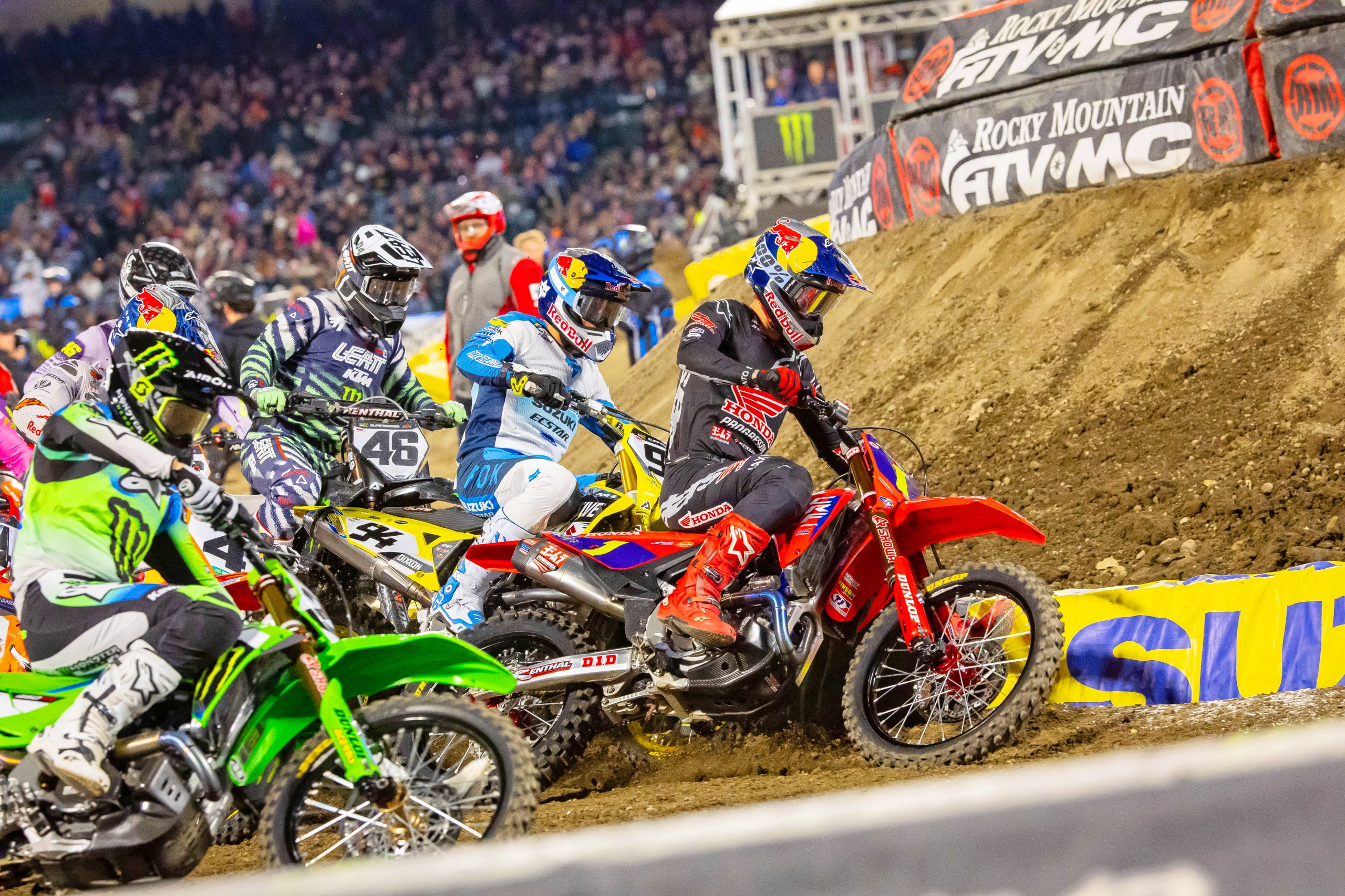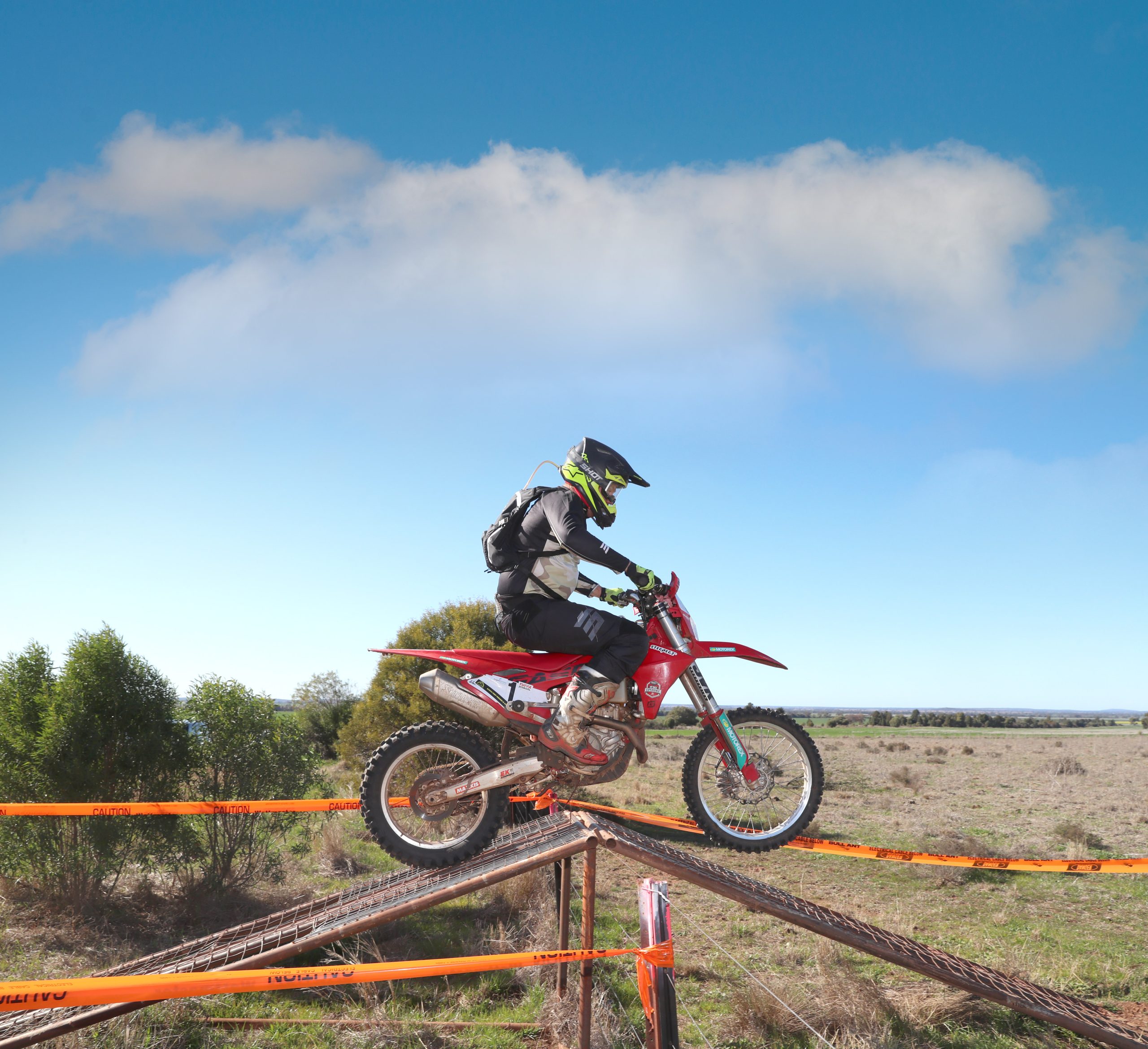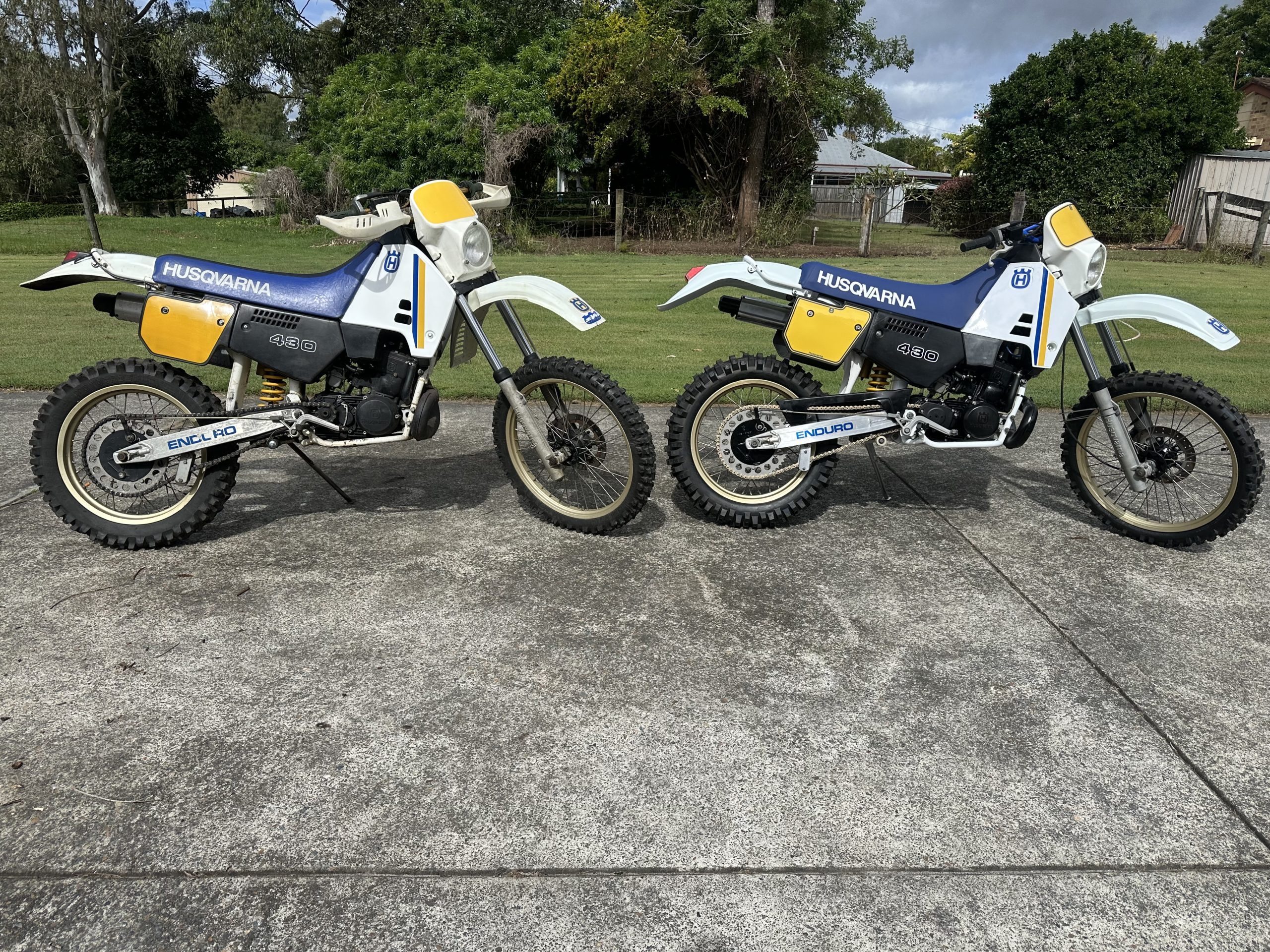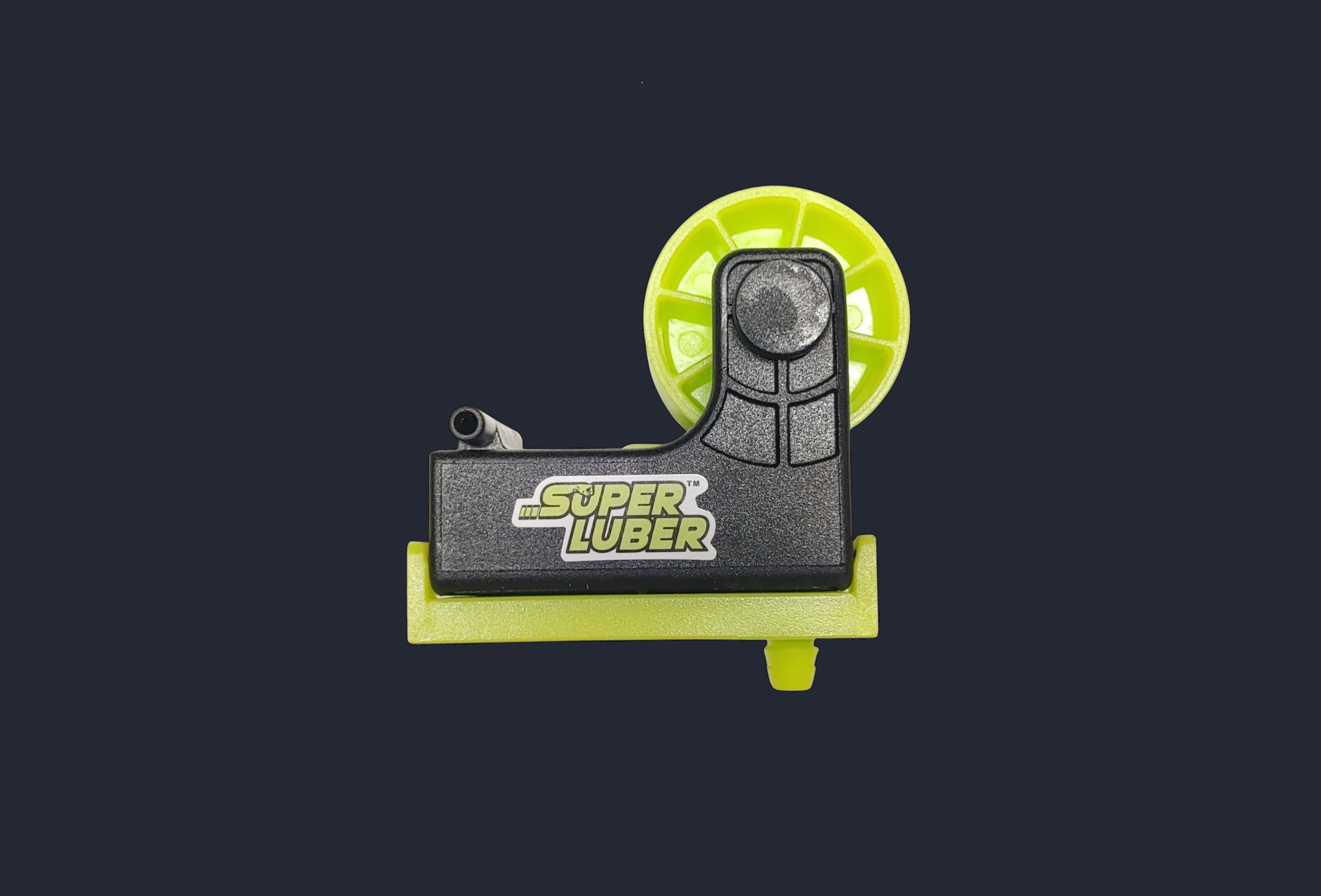Stock, the Husky TE300 TPI bikes are very good but like anything, there is room for improvement. The one gripe I had was how it would not pull cleanly from idle. It was ridable but had a slight bog or four- stroke feel just when you needed some oomph, often dying out completely. It was hard to pin down the cause, until I was reading some information on the Two Stroke Performance (TSP) website. Could the TSP head be the answer to my problems?
They were noting that the bike would not atomise the fuel properly, hence had videos showing the fuel literally pooling up at the bottom of the inlet and rolling down in drops. This explained nicely the why, so what is the fix? There are a lot of factors in jetting a two stroke to crispy goodness. With the old carb setups having been run for decades, there was a wealth of knowledge to get the jetting nailed.
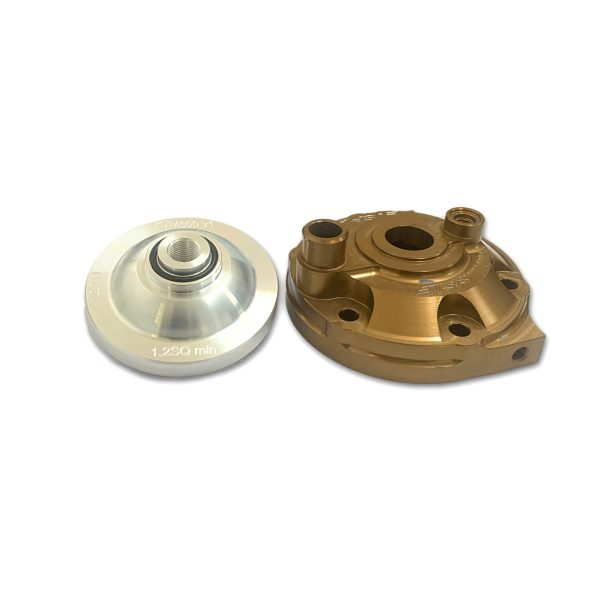
This in turn becomes an exercise in combustion within the chamber (piston compresses fuel, spark ignites fuel, the impending explosion then pushes piston down in the power stroke). The method of ignition (sparkplug) and the flame front (where the bang actually goes, where it starts etc) is critical in getting a clean burn as well as extracting maximum power. This is where the head becomes a key component in the design of the motor. How much compression (how far the fuel / air mix is squished up above the piston) a motor has is directly related to the head, this is the top of the motor.
In simple terms a two stroke motor has a cylinder that houses the piston. This cylinder is typically aluminium (which is soft) hence they often coat the bore with products like Nikasil to make it last longer and be slipperier. The piston and its rings seal against the bore and move up and down forcing the fuel/air mix up towards the head. The head again is aluminium, houses the spark plug within the centre, and has a water jacket that helps keep things cool (as this is the hottest part of the motor where the bang occurs) this is bolted down to the cylinder and the magic happens.

Where the head can be useful is in the profile underneath as the combustion chamber itself is quite sensitive to the profile or shape of the head. By drawing a cross section through the head you can examine the various profiles that affect the power curve of the bike. Flat or gentle curves were used in early designs, but later designs have proven a “bell shape” to be more efficient. This contains the explosion from the spark plug and generates a rapid flame front to maximise power.
The depth of the curve impacts the volume of the chamber, which in turn generates the amount of compression you have in the motor. The higher the compression, the lower the head design and the more the air/fuel mix is squished (think improved bottom/mid at the expense of heat). The lower the compression (ie more space, larger volume) produces better power (less effort for the engine to compress). So essentially it’s a trade-off.

The amount of fuel/air is the same regardless, it comes down to high or low compression giving you more top end power or bottom end power in the rev range. It’s also true that adding power (ie: top end) gives you a higher HP reading on a dyno, but it also robs you of that smooth tractable power at lower revs. Hence the design of a head is about producing the most usable powerband possible.
The standard head design on these Husky/KTM 300s is not perfect. This is where aftermarket tuners like TSP come in to provide you with options. They have various head profiles available that allow you to have high or low compression.
Note the heads often come in two pieces, one for the water jacket and plug on the outer and one for the inner head profile that you can swap around. You can buy a low and a high compression head insert and experiment for yourself to feel the differences.
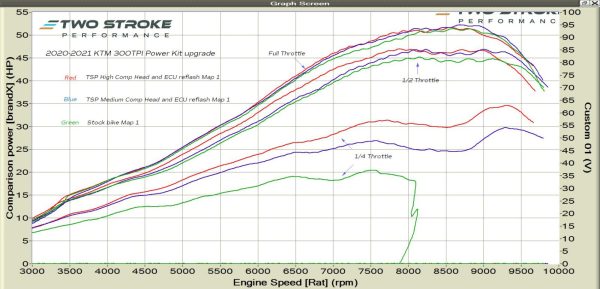
So the head is one component of the “fix” for these 300s and the other is the fuel atomisation. TSP had developed an injector relocation kit for the TPI bikes. This essentially moves one of the two injectors from the cylinder and relocates it within the inlet tract from the airbox. This allowed better atomisation of the fuel and dramatically improves the low end response from the motor.
The last factor is the ignition curve. This is controlled electronically of course, hence you need your ECU “remapped” to change when the timing is set. Coupled with a low compression head, remapped ECU plus the injector relocation kit and you end up with the bike I have here.

So how does it ride?
The good news is the change is quite dramatic. The motor is bloody strong and it will pull clean from literally below idle. It starts easily (no choke obviously) but a stab at the button and it will roar into life instantly. Even on hills the bike will restart very quickly and you can lug this motor lower than the idle speed and it will pull cleanly. As Mitch said when testing the bike “It grovels so well!”
Surprisingly the power delivery is strong everywhere. It’s not like the top end is lacking at all, it’s a typical two-stroke ripping powerband that screams when the throttle is smashed open. It’s more than comparable with a carburetted bike and probably superior in terms of clean running, crisp and clean revving. As a package, it’s certainly a vast improvement over stock and worth the investment.
The bad news is they are not cheap, and the TBI bikes that have superseded the TPI offer similar improvements as stock.
I wanted to build this particular bike for Hard Enduro style terrain, and for that this bike is incredible. Coupled with Gummies front and back, plushy drilled mousses, a top tier suspension system which is a story unto itself as this bike would have to be one of the best dirtbikes ever put together. The low seat height means it’s manageable in the tricky sections, the suspension can cop the biggest hits imaginable, and the smooth clean motor tractors over everything.
Deliberately low gearing (11/48) means it will idle up hills in second and still has a top speed of 120kmh in sixth. I’m very happy how the bike turned out. Just for the record the KTM stickers on a Husky is a piss take to annoy the Husky die-hards as they are simply rebadged KTMs anyway.

So as far as the head is concerned, consider this the essential ingredient in modifying any two-stroke motors power band. It’s not just a simple “high or low” compression, it also impacts fuel efficiency, atomisation when it comes to a clean burn, and power delivery. Often people want to spend money on all sorts of bling to a bike, but in terms of improving an engine, the head is probably the key component to making it better and should be the first thing you look into.
Note this does not apply simply to modern motors but old school two-strokes as well. A revised modern head design can help a lot of those poor running traits like fouling plugs, and smooths out an aggressive powerband.
TSP claim their heads produce more power, smoother power delivery, more detonation resistance and better fuel economy. For more information on the TPI bikes and methods to improve them, there is extensive documentation and videos on the TSP website. It’s well worth having a good look through their FAQ.
https://www.twostrokeperformance.com.au
WORDS AND PHOTOS | BERNIE DEN HERTOG






